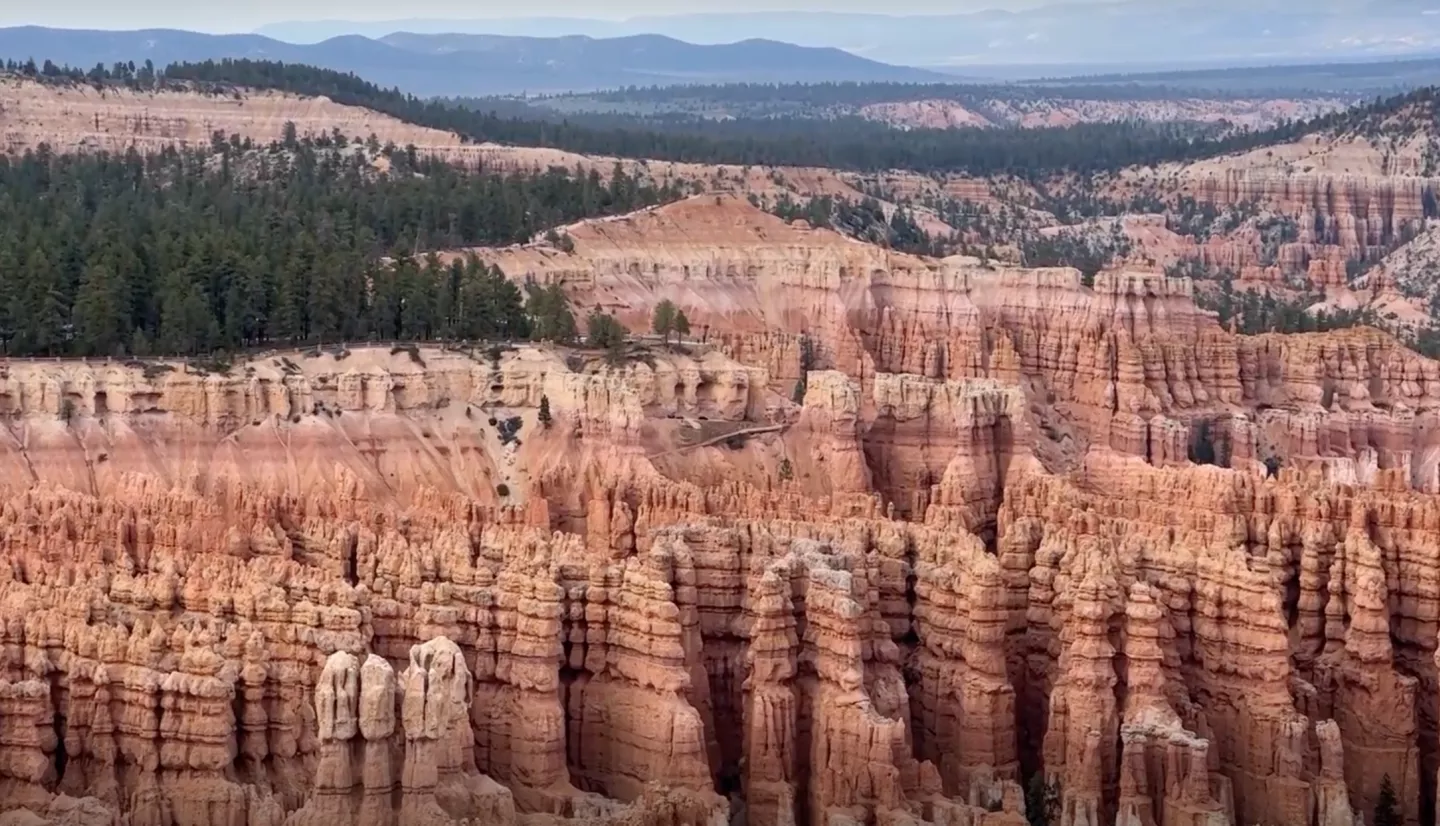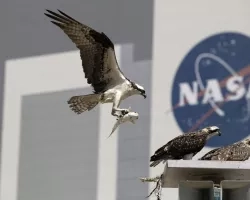NASA Earth science collaborations with the National Park Service
The last time you stepped foot in a National Park, did you think about what it might look like from a satellite? NASA and the National Park Service (NPS) have—and the views are stunning.
Satellites also provide information for scientists and NPS staff who care for America’s 423 national park sites.
NASA Earth and our DEVELOP program regularly work with national parks ranging from Glacier to Shenandoah to use Earth observation data and applications. They've used remote sensing data for projects like:
- measuring how the quaking aspen’s range changed after the gray wolf's reintroduction to Yellowstone,
- assessing future risks by mapping before and after the 2016 wildfires in Great Smoky Mountains National Park, and
- mapping air pollution in parks located near oil and gas facilities.
Collaborations like these provide National Parks with a better understanding of resources and risks. That helps land and conservation managers make informed decisions to protect the parks, plants and wildlife, and visitors like you.
To see how exactly satellite data makes a difference on the ground, we spoke with four members of the National Park Service.
From the hoodoos in Bryce Canyon to the caves of Carlsbad Caverns and the giant sequoias of Yosemite, NASA's view from space can help the National Park Service make informed decisions for protecting and restoring America’s most beautiful natural spaces.
Credits: NASA/NPS
Bryce Canyon National Park
From high above, Bryce Canyon National Park appears to be a green island in a red desert. This 100 year-old national park has a unique climate with no major river but plenty of ice and water sources, which make it home to significant plant and animal biodiversity. However, those same water sources are often too small to reach or identify with traditional Earth observation methods. That means they’re not included in drought planning.
Yosemite National Park
Nancy Phillipe, a fire communication and education specialist, loves standing in the Mariposa Grove of giant sequoias. Some of the trees there are more than 3,000 years old. Phillipe shares that giant sequoias are serotinous—which means their cones need the heat of fire to spread their seeds—and that at Yosemite they’ve used planned, prescribed fires to manage the park’s ecosystems since the 1970s.
Forest ecologist Garrett Dickman is equally passionate about stewarding the legacy of Yosemite’s trees. He’s seen the biggest threats to the forests change from invasive pests to droughts and wildfires.
Earth observation data helps ecologists like Dickman evaluate plant health across large areas to know which are more vulnerable to drought and insect attacks. Easy-to-use wildfire data helps experts like Phillipe Nancy respond to events like the 2022 Washburn Wildfire, which burned nearly 5,000 acres. They also evaluate changes over time, and see a pattern of wildfires becoming longer and more frequent.
Guadalupe Mountains and Carlsbad Caverns National Parks
As a cave specialist and physical science technician at Carlsbad Caverns National Park, Erin Lynch knows poor air quality affects the park’s wildlife, plants, and human visitors. Both those above and below.
Oil and gas sites near the park release nitrogen dioxide. It's an air pollutant that can make it hazy and hard to see, and is bad for respiratory health. It also affects the pin cushion cactuses, ring- tailed cats, and Brazilian free-tailed bats that lucky visitors can witness emerge from the caves by the thousands.



